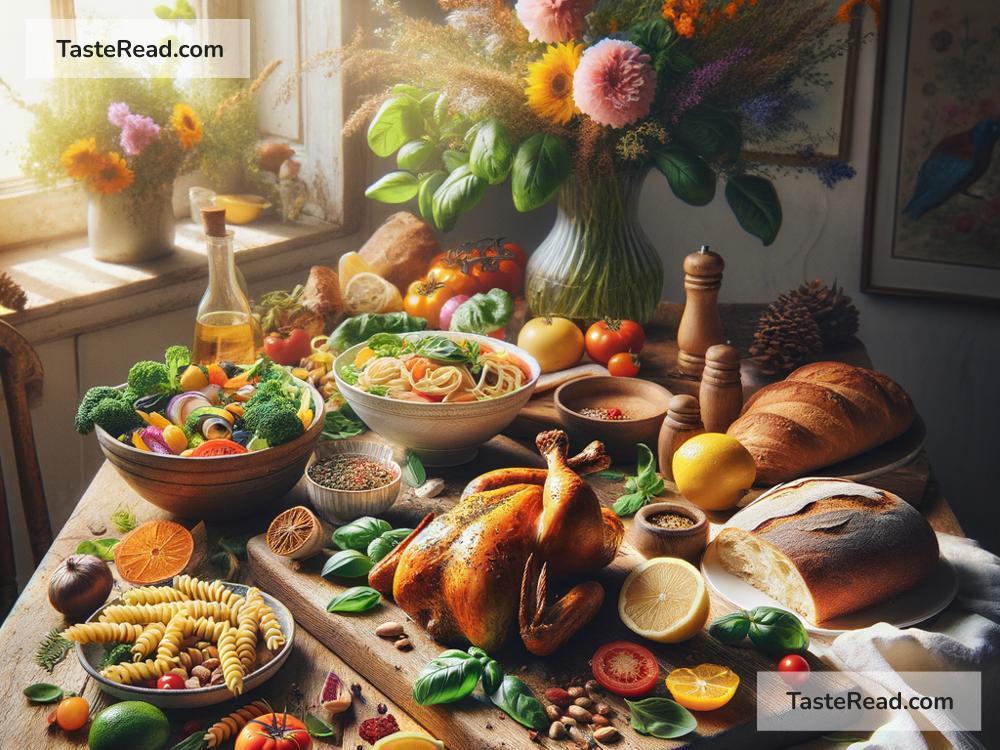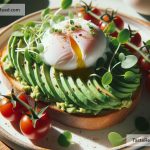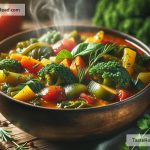Food Photography for Your Cookbook: Styling and Composition Tips
Creating a cookbook is an exciting journey. It’s your chance to share your unique recipes and culinary insights with the world. But, in a world where we eat with our eyes first, it’s crucial to present your dishes in the most appetizing way possible. That’s where food photography comes into play. Good food photography can turn your cookbook from just another collection of recipes to a mouthwatering masterpiece. Whether you’re a seasoned chef or a home cook, here are some simple styling and composition tips to elevate your food photography for your cookbook.
Understand Your Theme
Every cookbook tells a story. Before snapping pictures, think about your cookbook’s theme. Is it about comfort food, vegan cuisine, or exotic dishes from around the globe? The theme should dictate the mood of your photos. For instance, bright and airy images can capture the freshness of a spring salad, while warm, cozy lighting complements a heartwarming stew perfectly.
Choose the Right Props
Props are anything that’s not the dish you’re photographing, but they play a crucial role. They add context and depth to your photos. When selecting props, consider their colors and textures and how they complement the food. A rustic loaf looks inviting on a wooden board, while a sleek, dark plate can make a vibrant salad pop. Just remember, the food is the star. Use props that enhance, not overshadow, your dish.
Focus on Composition
Composition refers to how elements are arranged in your photo. A well-composed photo is balanced and guides the viewer’s eye to the main subject – your dish. One popular guideline is the rule of thirds, where you mentally divide your image into nine equal parts using two horizontal and two vertical lines. Placing your dish along these lines or their intersections makes for a more engaging photo. Also, consider the angle. Some dishes beg for a top-down shot, while others are best captured from the side.
Play with Texture and Color
Great food photography tickles the taste buds by showcasing textures and colors. A sprinkle of herbs on top of a dish can add a pop of color, while a drizzle of sauce introduces a glossy texture that screams ‘delicious’. Experiment with different garnishes and don’t shy away from adding elements that can make your dish more visually appealing, even if they’re not mentioned in the recipe.
Harness the Power of Natural Light
Light is perhaps the most critical factor in photography, and natural light often gives the best results in food photography. It softens colors and reduces harsh shadows, making your dishes look more inviting. Try to shoot near a window, and use reflectors (which can be as simple as a piece of white cardboard) to bounce light back onto your dish, avoiding dark shadows. Avoid using the flash on your camera, as it can create unflattering reflections and make the food look greasy.
Keep It Real
In the age of social media, it’s easy to get caught up in making every dish look picture-perfect. However, a little imperfection adds character. A crumb here or a slightly melted scoop of ice cream there invokes a sense of authenticity and realism. It makes the food relatable, encouraging the viewer to imagine enjoying that dish themselves.
Edit with Care
Post-processing is a powerful tool, but it’s easy to overdo it. Use editing software to enhance your photos subtly. This can mean adjusting the brightness and contrast, sharpening the details, or tweaking the colors to make the dish look more appetizing. Just remember, the goal is to enhance, not to transform. Your photos should still look natural and true to the dish.
Creating a cookbook is a labor of love, and incorporating beautiful, enticing food photography is crucial to its success. By focusing on your theme, carefully selecting props, and mastering composition, you can take photos that capture the essence of your dishes. Pay attention to textures and colors, make the most of natural light, and keep your photos genuine and relatable. With these simple tips, you’re well on your way to creating a cookbook that’s as delightful to look at as it is to cook from. Remember, practice makes perfect. So, keep experimenting, and don’t forget to enjoy the process!


